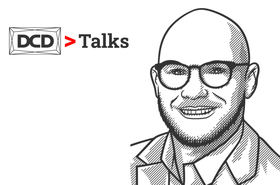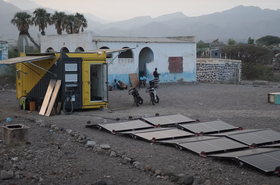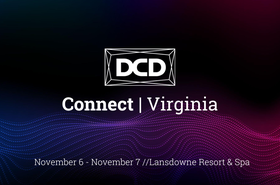The Edge is something of a buzzword in the data center industry. Despite this, we still cannot really agree on exactly what it is. Is it a location, or a number of MW?
In one of our recent DCD>Talks, we sat down with Philip Marangella, CMO of EdgeConnex to talk about the company’s relationship with the Edge.
“The Edge wasn’t cool. It wasn’t popular, and we were ridiculed for it. But we were kind of ahead of our time. Markets like Portland, Las Vegas, and Detroit have subsequently scaled significantly in Edge. It’s top of mind for everybody now.
“We built small Edge data centers in tier two and three markets. But now we're building hyperscale campuses in Amsterdam, India, and China.”
Yet, despite these campuses being hyperscale, Marangella argues that they remain ‘Edge’ facilities. This seems counter-intuitive – we might fail to have set requirements for the Edge definition, but instinctively it is understood to be as close to the opposite of hyperscale as possible. Marangella’s workaround? It all depends on whose opinion you rely on.
“People often ask me, how do you define the Edge? I don't, it's the customer.
“The form factor doesn't matter to us. The Edge is defined by you. And it's both literal and figurative. It's driven by customer requirements and user experience. So yes, it could be a hyperscale campus in Amsterdam, or wherever they need it.
“It's not that there's an abandonment of the Edge, you're actually seeing the Edge continue to scale out. It's having the spectrum of core-to-Edge capability.”
When we consider the way the data center industry has expanded in just the last few years, it makes sense that Edge facilities may also need to ‘scale’. Particularly when we consider the role these facilities play in low-latency computing. The demand is going up, and we will either need more small facilities or bigger ones.
Let’s face it, during the pandemic and after, we have all been relying on the internet far more.
As Marangella puts it, “When we're all at home, we're all at the ultimate Edge. We're working, we're studying, we're gaming, we're streaming, we're exercising the network. This is where a distributed architecture really helps because it alleviates those network bottlenecks. You can put the compute, you can put the gaming capabilities, and the content capabilities at the Edge, and maintain the user experience while managing the cost.”




